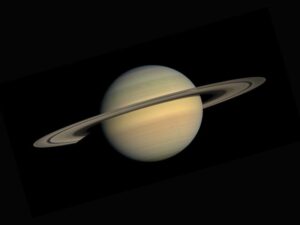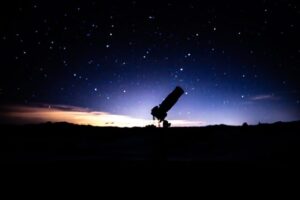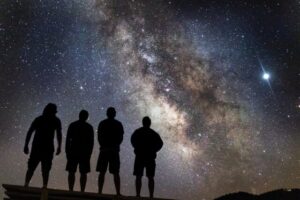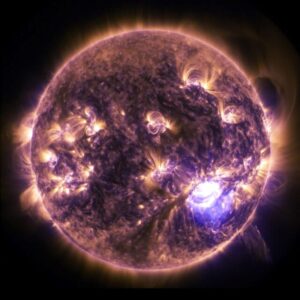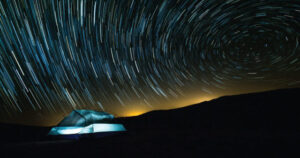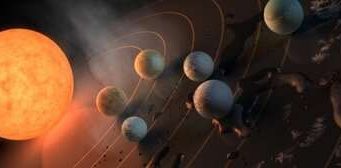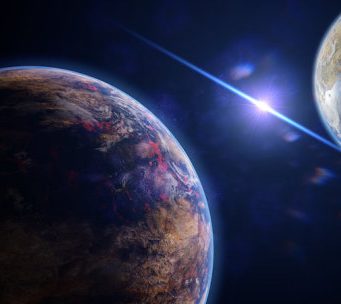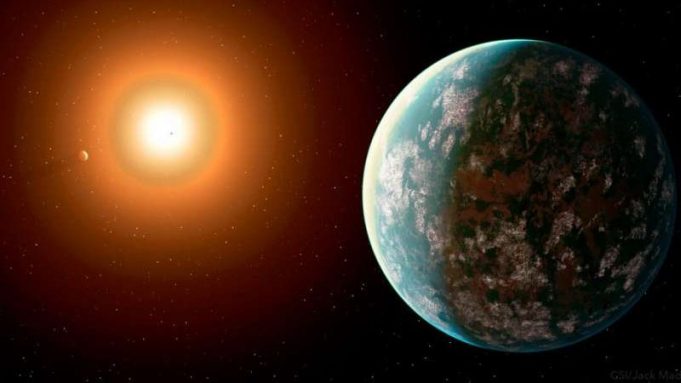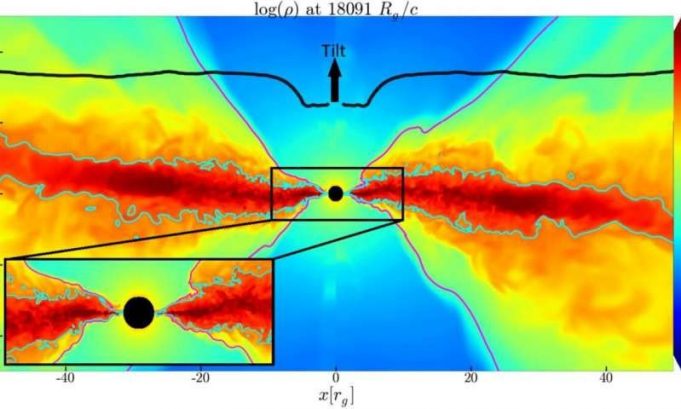The Earth is unique in our solar system: It is the only terrestrial planet with a large amount of water and a relatively large moon, which stabilizes the Earth's axis. Both were essential for Earth to develop life. Planetologists...
A team of collaborators from Carnegie and the University of Chicago used red giant stars that were observed by the Hubble Space Telescope to make an entirely new measurement of how fast the universe is expanding, throwing their hats...
Two University of Hawaii at Manoa researchers have identified and corrected a subtle error that was made when applying Einstein's equations to model the growth of the universe.
Physicists usually assume that a cosmologically large system, such as the universe, is...
An international team of astronomers led by Cornell's Lisa Kaltenegger has characterized the first potentially habitable world outside of our own solar system.
Located about 31 light-years away, the super-Earth planet—named GJ 357 d—was discovered in early 2019 owing to...
A new study provides the most accurate estimate of the frequency that planets that are similar to Earth in size and in distance from their host star occur around stars similar to our Sun. Knowing the rate that these...
An international team has constructed the most detailed, highest resolution simulation of a black hole to date. The simulation proves theoretical predictions about the nature of accretion disks—the matter that orbits and eventually falls into a black hole—that have...
NASA's Transiting Exoplanet Survey Satellite (TESS) has discovered a world between the sizes of Mars and Earth orbiting a bright, cool, nearby star. The planet, called L 98-59b, marks the tiniest discovered by TESS to date.
Two other worlds orbit...
An astronomer from the University of Hawaiʻi Institute for Astronomy (IfA) and an international team published a new study that reveals more of the vast cosmic structure surrounding our Milky Way galaxy.
The universe is a tapestry of galaxy congregations...
Scientists at Harvard University and the Black Hole Initiative (BHI) have developed a new method to find black holes in the outer solar system, and along with it, determine once-and-for-all the true nature of the hypothesized Planet Nine. The...
A mysterious large mass of material has been discovered beneath the largest crater in our solar system—the Moon's South Pole-Aitken basin—and may contain metal from the asteroid that crashed into the Moon and formed the crater, according to a...
A new study from Western University posits proof to the possibility that an oncoming swarm of meteors—likened to the Loch Ness Monster and Bigfoot by some extraterrestrial experts—may indeed pose an existential risk for Earth and its inhabitants. (That's...



